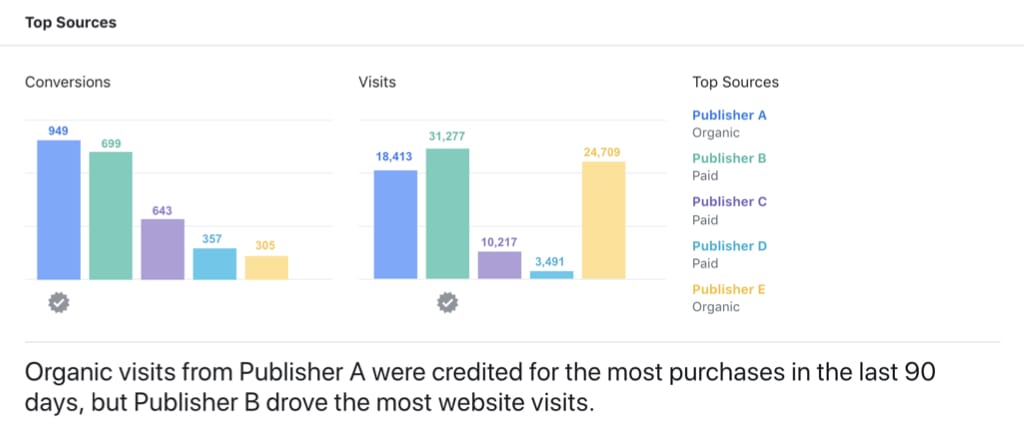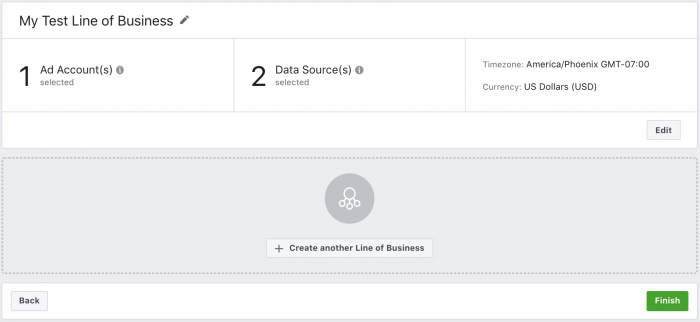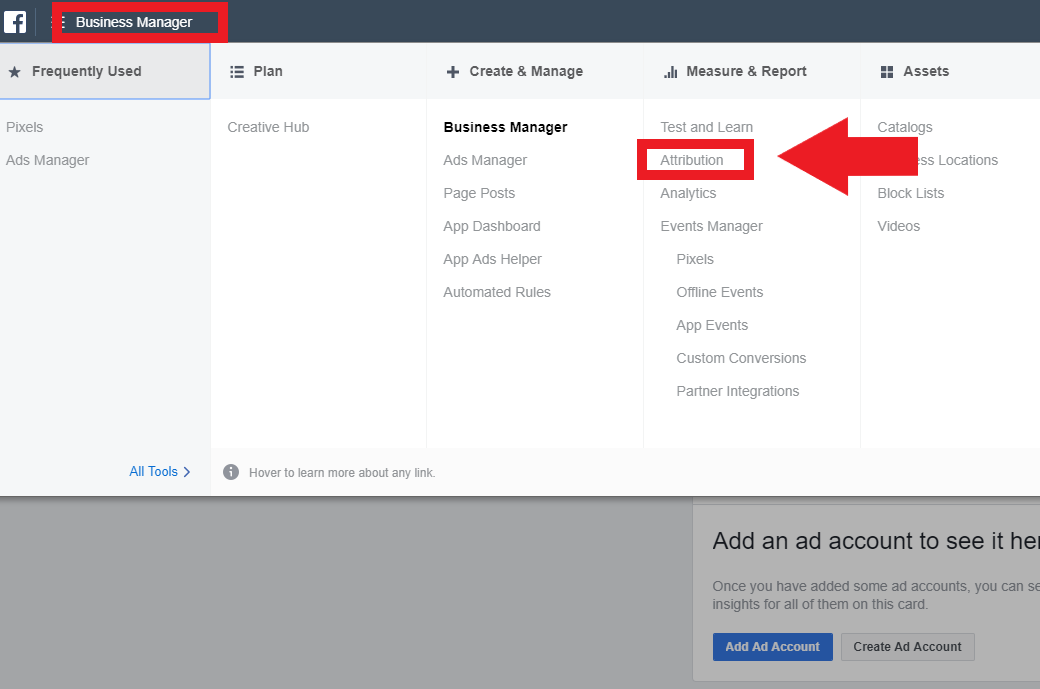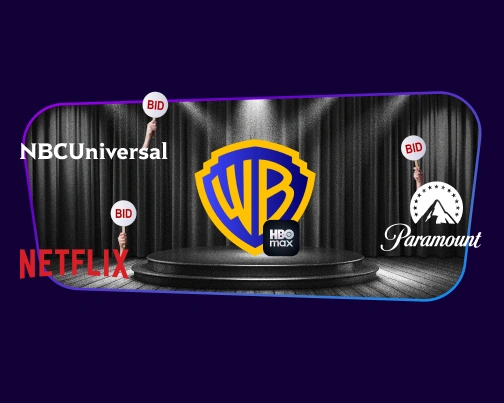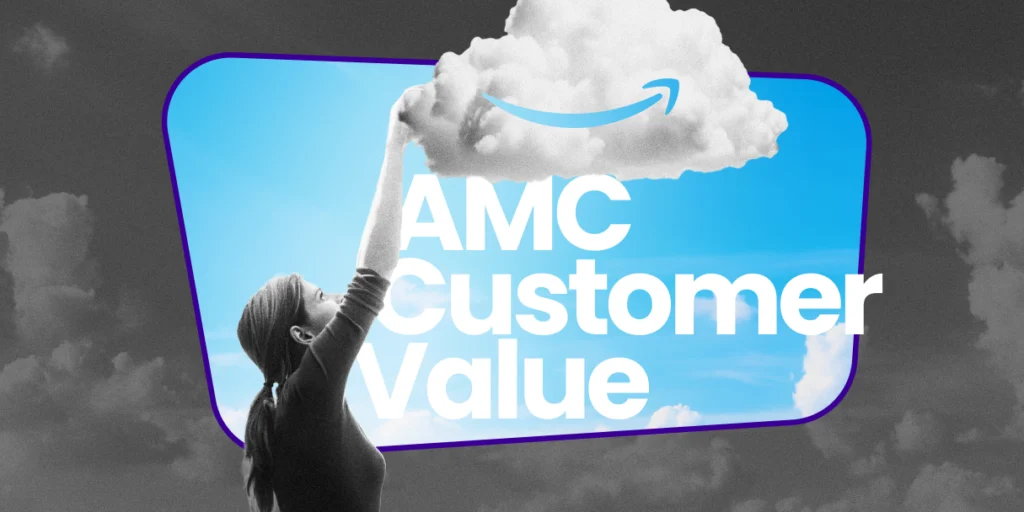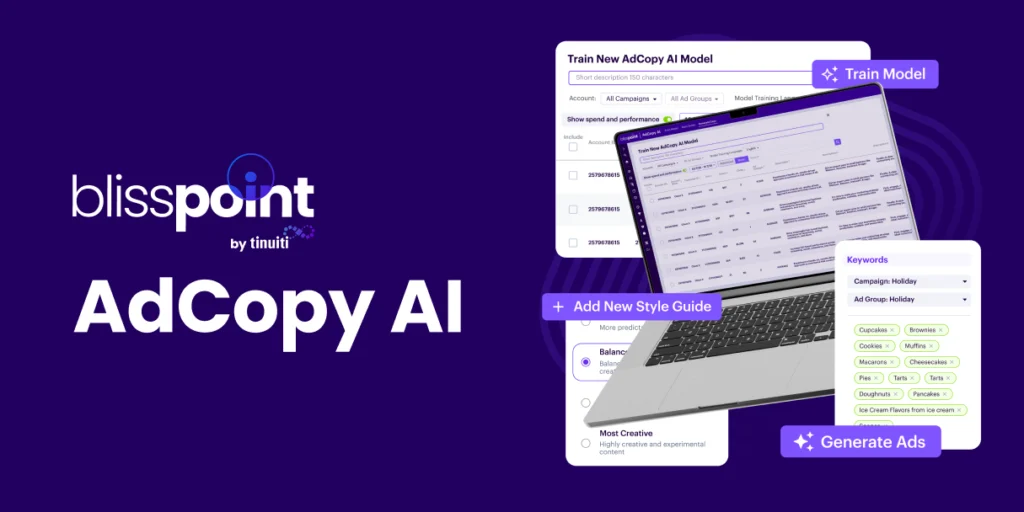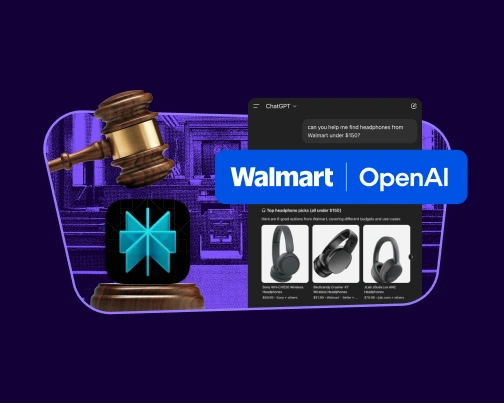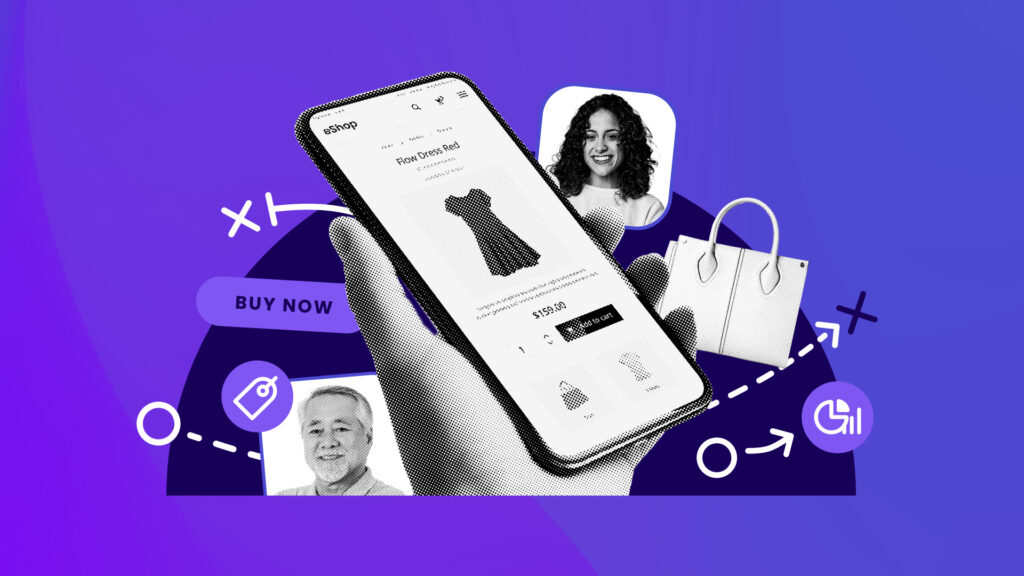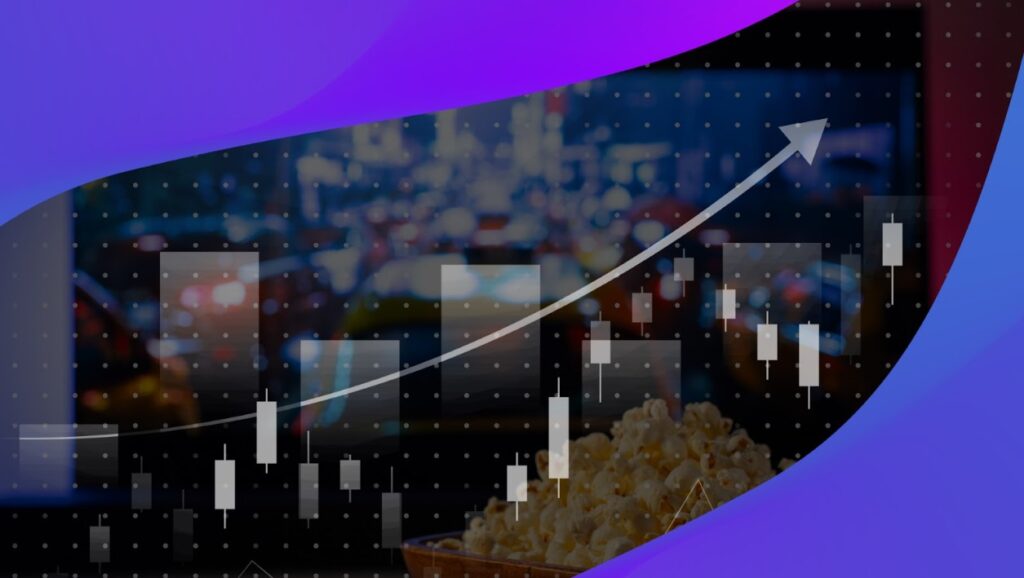Facebook has just released Facebook Attribution that tracks engagement with Facebook ads to give advertisers a clearer picture of their customer journey across multiple channels and devices.
The measurement tool uses a data-driven model that assigns credit to each touchpoint based on the impact that had on driving a conversion.
Here’s how Facebook Attribution works, how to set it up, and some best practices for advertisers to get the most out of it.
“This tool is great news for all of us advertisers; it provides insights into how your audience is engaging and converting both from both a cross-device and cross-channel view. If you’ve ever asked yourself whether your Facebook ads are really working, this tool will help answer that.”
-Casey Edwards, Senior Social Marketing Strategist at CPC Strategy
What Is Facebook Attribution?
Facebook Attribution is a tool for advertisers that measures the incremental impact of your ads in a customer’s path to conversion.
The tool uses a data-driven “people-based” model that can track a user’s interactions with a Facebook ads across multiple devices and Facebook-owned channels (Instagram, Facebook’s Audience Network, and Messenger) as well as off-Facebook sources.
It follows similar steps by both Google and Amazon, both of which have released advertising attribution measurement tools of their own.
How Facebook Attribution Works
Facebook Attribution uses people-based measurement that combines data from persistent Facebook logins, tracking connections, the Pixel, app and offline events to attribute actions to people across multiple devices and channels — including paid and organic.
These touchpoints are calculated based on the total number of impressions, clicks, and visits that occurred before a conversion, which advertisers can then assign credit to based on a number of different attribution models.
Facebook Attribution offers six different attribution models for advertisers: data-driven, even credit, last click, last touch, positional, and time-decay.
The idea is that as advertisers become more familiar with different models, they can choose the model that best fits their needs for evaluating the impact of their ads toward their business goals.
What Data Do I Need For Facebook Attribution?
Facebook Attribution requires both ad and conversion data for the tool to work. If you’re already collecting this data, you can then start using the tool immediately.
Ad data
Ad data includes all data related to your advertisements on Facebook and Facebook’s partner websites, apps, and services.
For the most accurate reporting, you can also collect ad data from third-party platforms (e.g., Google Ads) and add them to Facebook Attribution. You can learn more about adding other advertising platforms to Facebook Attribution here.
Conversion data
Facebook Attribution can combine conversion data from Facebook Pixel for websites, Facebook SDK for mobile apps, and online and offline conversion event tracking.
How To Set Up Facebook Attribution
1. Log into Facebook Business Manager or create an account here.
2. Select Facebook Attribution from the dropdown menu.
3. If it’s your first time using Facebook Attribution, you’ll be asked to set up a line of business.
4. After you’ve established a line of business, you’ll follow on-screen instructions to set up your ad accounts and data sources.
Facebook Attribution Tips & Best Practices
1. Make Sure All Data Sources Are Connected
If you want to make the most out of Facebook Attribution, you’ll want to make sure you are leveraging all data sources possible.
This includes off-Facebook sources such as Google Search or Bing — the more sources you have to collect data, the more accurate your Facebook Attribution will be.
“Connecting all sources is important for seeing where audiences are encountering your brand and which channel is ultimately getting credit for that conversion,” explains Edwards.
2. Use The Cross-device Feature
Just like connecting all of your data sources is critical for evaluating your conversion paths, it’s also important to look at which devices those impacts are taking place.
“If 90% of your conversions are mobile-only, this should help guide other strategies like what type of creative to run.”
3. Custom Reports Are Your Friend
“The custom report section can be overwhelming at first but also really informative,” says Edwards.
“See if you can spot any correlations in spikes in traffic or conversions between social and paid search or even organic channels.”
4. Take Time To Review Downloadable Reports
Facebook Attribution allows you to download detailed reports of your attribution touchpoints — make use of them.
“Take time to build and review the downloadable reports,” says Edwards.
“These can be especially helpful in showing all the touchpoints that take place within your customer’s journey.”
You can learn more from the official Facebook Attribution support page.
Want to learn more?
Facebook Ads Guide: Setup, Strategies And Tips From The Experts
You Might Be Interested In



